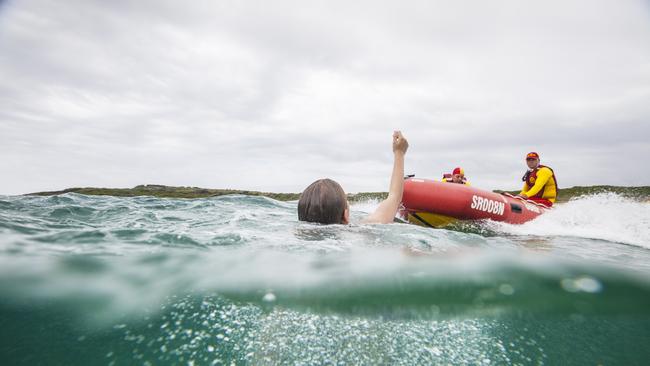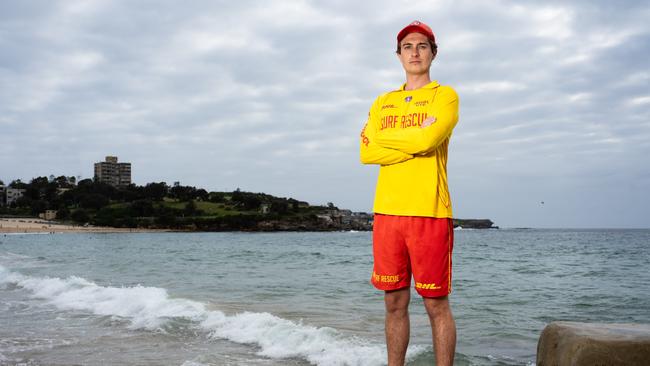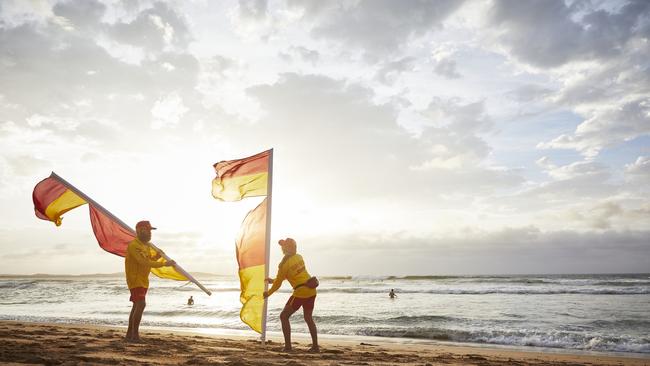Drowning rates peak over summer, prompting Surf Life Saving to introduce new ‘Beach Passport’
Shocking data reveals how many Aussies drown over summer, but Surf Life Saving Australia is introducing a new initiative to make swimmers more beach smart.
National
Don't miss out on the headlines from National. Followed categories will be added to My News.
With the drowning rate 2.3 times higher over summer, Surf Life Saving Australia (SLSA) has rolled out a new ‘Beach Passport’ to help Aussies become more swim smart.
The new online initiative aims to bring down the continuing high rate of drownings on Australian beaches.
Since July this year 106 people have drowned at Australian aquatic locations - more than four per week.
Of these drownings, 55 were coastal and all occurred either at unpatrolled areas, outside patrol hours, or outside the red and yellow flags.
SLSA National Research Manager Dr Jaz Lawes said the risk of coastal drowning was four times greater on public holidays and long weekends.
“As people unwind after a busy year and relax, they might not necessarily keep water safety at the top of [their] mind,” she said.

Life saver Dominic Winkle, a lifesaver on Clovelly Beach in Sydney’s eastern suburbs, said beachgoers during this time “are people who often aren’t familiar with the conditions or they’re not locals, they’re here on holiday.”
Fifteen million Aussies visited coastal beaches last summer and historically, 39 per cent of drowning deaths happen during this period.
Chair of SLSA Chris Jacobson said Christmas Day, New Year’s Day and Australia Day were traditionally busy for surf lifesavers.

“We throw drugs and alcohol into the mix and we know that... means people are probably overestimating their ability,” he said.
With holiday season afoot, people are “undertaking activities they may not normally, swimming at locations where they’re not able to make a safe assessment,” Mr Jacobson said.
Angelina Garay, 21, a lifesaver on Sydney’s South Maroubra beach, said “along with alcohol consumption comes this increased confidence in big groups, everyone wants to try to prove themselves.”

SLSA data also revealed that men are overrepresented in drowning statistics, making up 86 per cent of last year’s toll - and so far this year is on track to replicate that figure.
“Young men are notoriously difficult to reach with safety information,” Dr Lawes said.
“It’s really concerning because we’re seeing that men consistently are putting themselves at more risk than women.”
To educate beachgoers on potential risks, SLSA has introduced the online beach passport along with their Stop. Look. Stay Alive. campaign.
Mr Jacobson said, “the key thing is to stop before you enter the water, look for the red and yellow flags, look for signs, warnings and conditions, and for rips and other dangers, and stay alive.”

The passport is available in multiple languages and tailors its information to different age groups.
It will answer questions like “What are the hazards when you go to the beach? How do you actually identify what a rip is? How do you keep yourself safe?” Mr Jacobson said.
Mr Winkle urged people to, “jump on board that beach passport - get a quick lesson on water safety and it will be beneficial to everybody.”
“Assess the conditions based on your ability,” Mr Jacobson said.
During a time spent with friends and family, Dr Lawes said, “If it’s not for yourself, do it for your mates.”
Please note: Recent drowning figures should be considered interim and could change after coronial investigations and validation processes.




